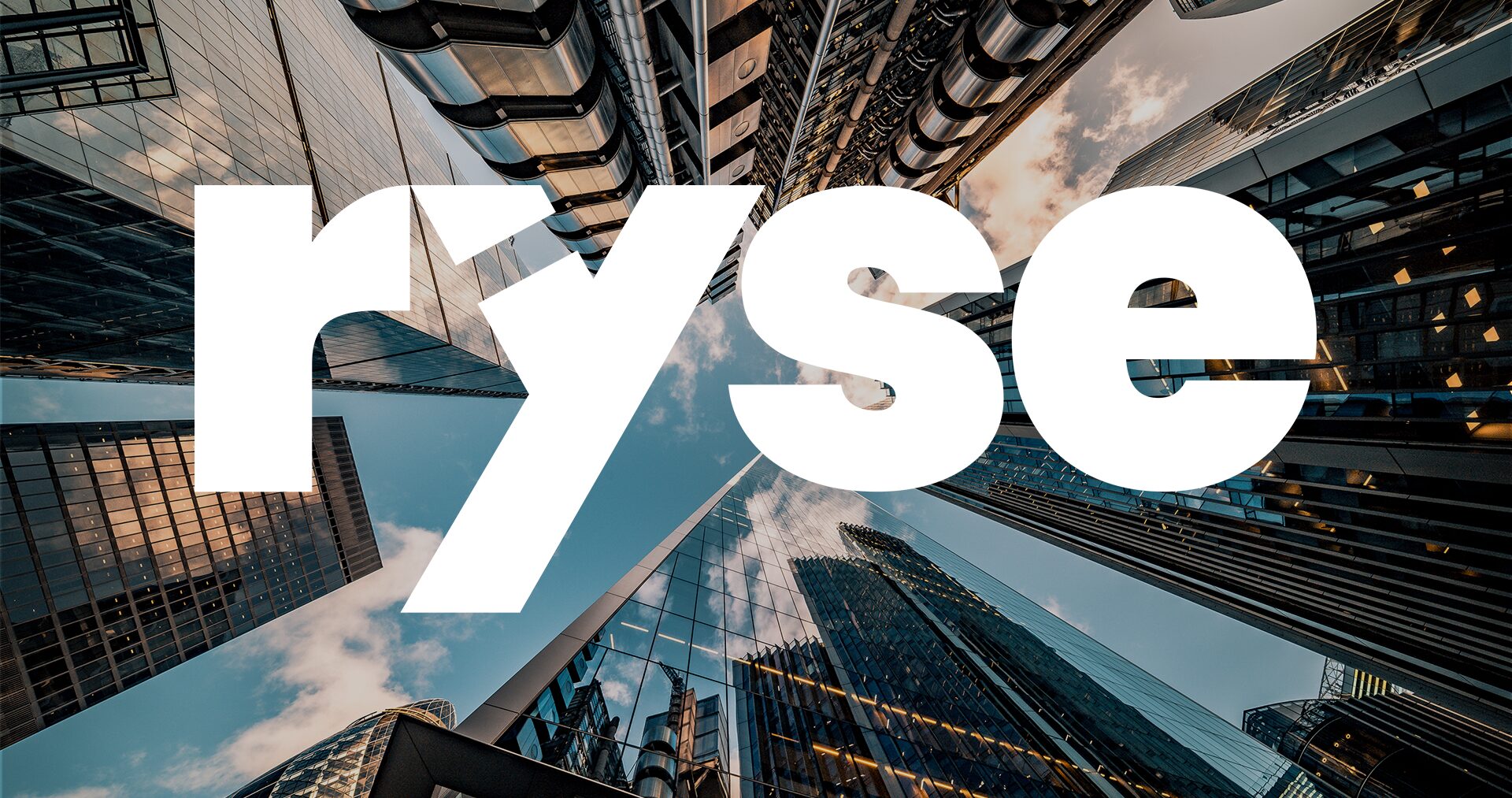Ericsson, is a Swedish multinational networking and telecommunications company headquartered in Stockholm.
The company offers services, software and infrastructure in information and communications technology for telecommunications operators; traditional telecommunications and Internet Protocol (IP) networking equipment; mobile and fixed broadband; operations and business support services; cable television, IPTV, video systems, and an extensive services operation.
Ericsson had 35% market share in the 2G/3G/4G mobile network infrastructure market in 2012.
The Challenge
Telecoms has experienced a monumental paradigm shift from voice calls to data and content. Ericsson needed to ensure it remained relevant in this new environment, which included several new technological acquisitions. This saw three key brands being added to the Ericsson portfolio – Redback, Tandberg and LHS.
Whilst these acquisitions created a strong proposition, something was missing: a brand to hold it all together. Not a brand in the sense of a visual identifier – it had already been decided that the new entity was going to adopt the Ericsson identity – but a brand to encapsulate a ‘new Ericsson’ with new capabilities.
Ultimately, this task fell to us. We were engaged to:
• Identify what Ericsson and each acquired brand meant to the target market
• Identify the optimum brand positioning for the ‘new’ Ericsson
• Develop the core principles of a brand migration plan which would preserve the value in acquired brands and ensure employees and customers came on the journey
• Track progress towards the aspirational positioning over time
Our approach
Savanta’s proprietary Brand GPS™ framework, based on the eight core attributes of strong B2B brands, was core to our approach.
We first gathered insights into brand perceptions through 50 in-depth, one-on-one interviews with global senior decision makers, using various projection techniques to help respondents articulate their thoughts on abstract concepts and bypass the tendency of B2B decision makers to over-rationalise their thinking.
Before any external research, internal employee workshops with key stakeholders determined their aspirations for the brand, with a global online survey repeated at key stages to ensure overall buy-in, that the chosen brand positioning reflected company culture, and that the brand promise could be delivered.
Finally, we ran a series of workshops throughout Ericsson using our ACTIVATOR methodology which created a consensus decision and generated clear action plans.
Based on the insight, we created:
• a brand statement for the ‘new Ericsson’ which was resonant, compelling and differentiated. The new brand combined the best of Ericsson (global reach, heritage) with DNA from acquired brands (innovative mindset, start-up culture).
• a set of ‘golden rules’ and ‘cardinal sins’ which became the guiding principles in Ericsson’s future activities
• brand health KPIs summarising overall brand health in one simple but powerful number
The outcome
Ericsson ‘retired’ the acquired brands in 2010 and began to operate solely under the Ericsson label, but with a fresh brand positioning.
In the three-year period since, sales in this business unit (the ‘new’ brand) grew from 10.6 billion Swedish Kroner to 12.2 billion Swedish Kroner (approximately £1.6 billion). This represents a growth rate of 15% which, given this is a billion-pound business, is phenomenal. The new brand was an essential element of this achievement.





